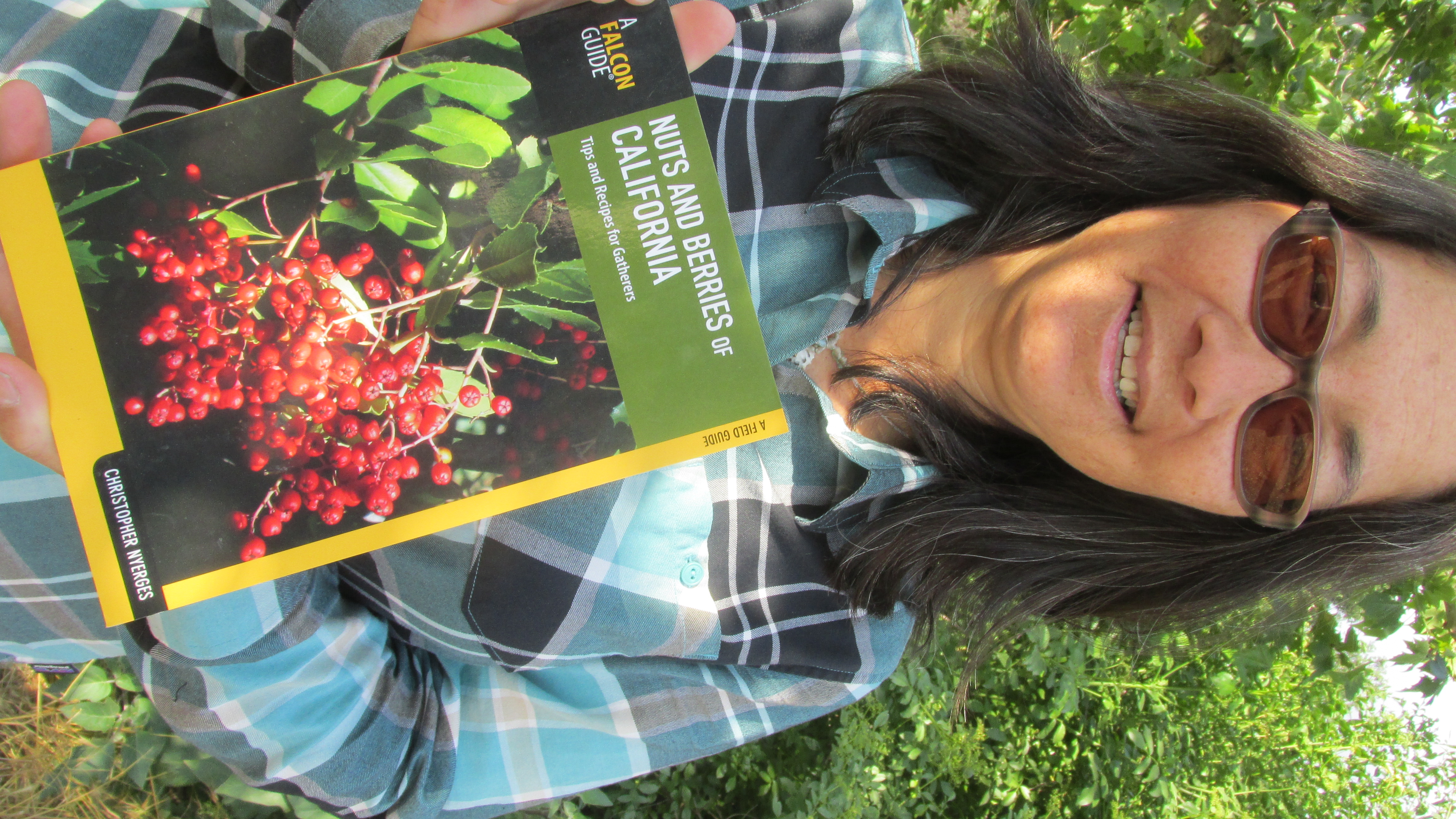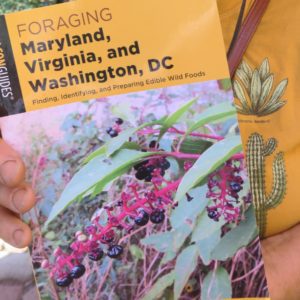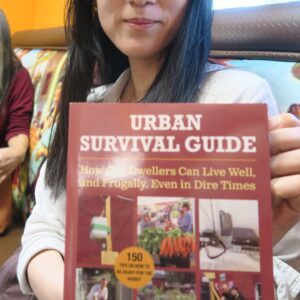Description
NUTS AND BERRIES OF CALIFORNIA, by Christopher Nyerges.

122 pages, fully illustrated with color photos
“Nuts and Berries of California” is a lively book, fully illustrated with color photos, which was written more-or-less as a sequel to my “Foraging California” book. In my “Nuts and Berries of California” book, I describe native nuts and berries that have long histories of use by Native Americans throughout California and North America.

This is an easy-to-read book with lots of stories about every single nut or berry. Some of the information is original and not found anywhere else, such as how to process buckeye nuts, and Helen Sweany’s research into the edibility of juniper berries.
Many generations of rural Americans grew up collecting nuts and berries as a family tradition: going out to collect black walnuts, hickory nuts, pine nuts, blackberries, wild strawberries, and other foods from the forest. These are some of the foods that people from just a few generations ago took for granted.
I also include many of the introduced ornamental plants in my book which seem to have firmly established themselves in California. They are not natives, but they are everywhere anyway.
I wondered, what should we call these plants? We thought of calling them FUN plants, for “Feral Urban Neighborhood” plants, but that seemed to convey a misleading message, that introducing non-natives is somehow fun or good or desirable.
HIP VS. “hip”
HIP seems to be the best term, for Horticulturally Introduced Plants. The thing is, when these introduced exotics were planted, it was often because the gurus of horticulture of the day were pronouncing them as the greatest new thing since sliced bread. Grow these bushes and trees and you too will be hip! Really! And lots of people fell for that idea. This is the “in” plant to grow this season, and then yards and backyards fill up with new “hip” plants with great colors and much to talk about at dinner parties. Sometimes the new hip and HIP plants are edible and useful, sometimes not – as in the case of oleanders.

And just like the idol-worshippers who adore the newest rock star of the season, when a new one comes around, the old one is forgotten. Maybe forgotten, but all the HIP “hip” plants are still here, hip or not, and often they expand their habitat into wild areas.
And since we’re calling these plants HIP, it’s worth commenting on the “rose hip,” which is the common way of referring to the fruit of a rose. I am not sure how the term “hip” came to mean fruit, but one theory is that the ovary of the flower become the fruit, and the enlarged fruit might seem visually similar to a woman’s hips. Hmmmm. If that were the case, why isn’t every fruit called a hip?
Regardless, the rose is one of the unique plants in this book since there is a native rose (and so we included it with the native plants) but there are also many HIP roses. HIP roses are probably in everyone’s yard, which are the commercial hybrids with multiple petals of all hues of the rainbow. Our wild rose is not a HIP!
The plants in the HIP section of the book are not what we’d call “wild” plants. These are bushes and trees that have been widely planted for landscaping, street, or yard trees, which sometimes survive well when they are no longer tended. All of these are commonly used as ornamentals, though the fruits are typically allowed to fall to the grown and then discarded as if they were just trash.
I have observed every one of these plants in wilderness areas where cabins once existed. After the cabins were destroyed by fires or floods, these plants survived for years and decades with no human intervention. These are survivors. And, that means that if we grow these plants, they can provide us with food with very little work and care. Furthermore, they are probably already growing in or near your neighborhood, just waiting for you to discover and to appreciate them.
Some cultivated plants, which can also survive on their own, are just so common that we decided not to try to include all of them. Such as citrus, for example.

Rather, we’re including many of the ornamentals which are common, but are either not commonly known, and not commonly used for food. They are HIP, but not necessarily hip…….
Some of the very common HIP plants included in the book are ficus trees (figs), loquats, mulberries, pyracantha, olives, ginkgo, and others. Get the book and you’ll get recipes and stories for every plant!
This is a full-color guide to the native and non-native nuts and berries from California – most of the plants included are found widely in North America. Written as a companion to Foraging California, this book is organized by native nuts, native berries, and HIPs, which are Horticulturally Introduced Plants, plants that have been introduced as landscaping plants and are now found everywhere, including in the wild. Every plant has an entertaining story, and the book is full of recipes. A great book for the cook or forager. 124 pages, $18.95.









